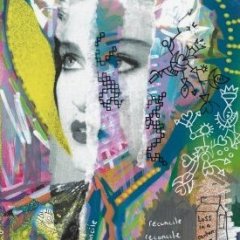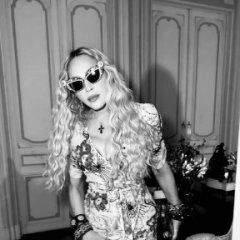Today in Madonna History
-
Recent Activity
-
- 89 replies
- 15,723 views
-
- 1,778 replies
- 85,325 views
-
- 21 replies
- 389 views
-
- 13,640 replies
- 916,350 views
-
- 12,625 replies
- 1,386,873 views
-
- 83 replies
- 3,411 views
-
- 906 replies
- 64,200 views
-
- 2,427 replies
- 76,640 views
-
-
Recently Browsing 1 member










Recommended Posts
Join the conversation
You can post now and register later. If you have an account, sign in now to post with your account.